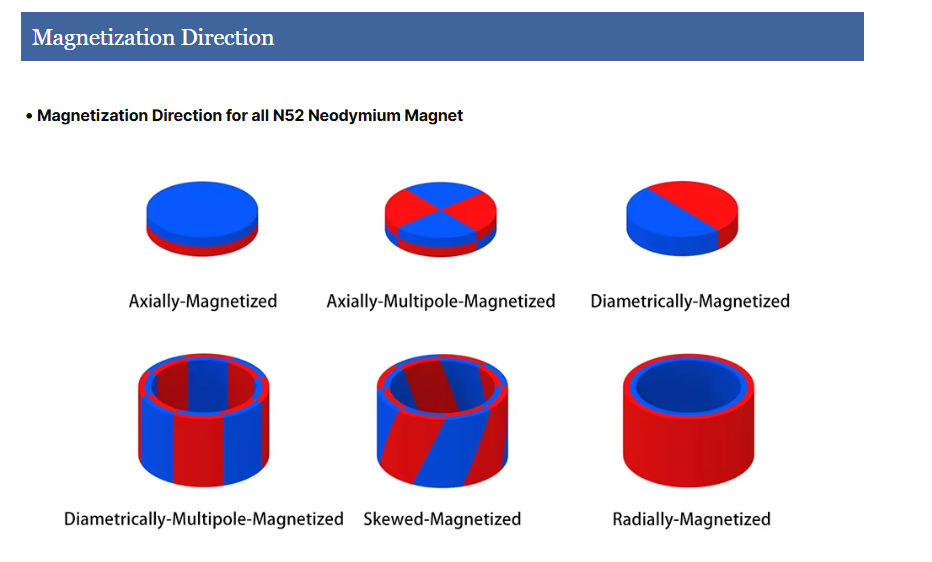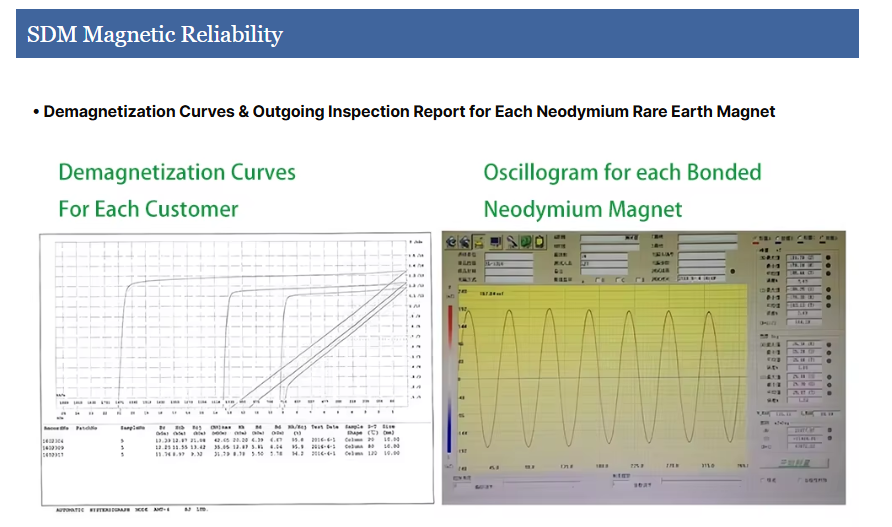Product Overview
Customized Injected Neodymium Magnets for Industrial Use represent a breakthrough in magnetic component manufacturing, combining the strength of neodymium with the design flexibility of injection molding. These magnets are produced by blending isotropic NdFeB powder with thermoplastic binders (such as PA12, PA6, or PPS) and molding into complex shapes via high-pressure injection . Unlike sintered neodymium magnets, which are limited to simple geometries, injected magnets offer unlimited design freedom—enabling integration of features like holes, slots, and flanges in a single manufacturing step. With a BNi-4 grade classification and tailored magnetic properties, they balance performance and versatility for industrial automation, automotive, and robotics applications .
Product Features
Unlimited Design Customization
Injection molding allows for intricate geometries (e.g., curved surfaces, multi-cavity structures) with dimensional accuracy of ±0.05 mm, eliminating the need for post-production machining . This flexibility enables integration with other components, reducing assembly steps in industrial systems.
Material Versatility
The choice of binder determines performance: PA12 (nylon 12) offers a max operating temperature of 120°C, PA6 extends to 150°C, and PPS withstands 180°C—making the magnets suitable for diverse industrial environments . Each binder provides excellent mechanical strength and impact resistance.
Mass Production Consistency
Injection molding ensures uniform magnetic and physical properties across production runs, with batch-to-batch variation below 2%. This consistency is critical for large-scale industrial applications like automotive seat motors and conveyor systems .
Integrated Functionality
Molded-in features (threads, mounting tabs, gear teeth) reduce part count in assemblies. For example, a single injected magnet can replace a sintered magnet plus a metal bracket, lowering production costs by up to 30%.
RoHS Compliance
The magnets are manufactured with lead-free binders and coatings, meeting global environmental standards for industrial equipment—essential for markets in Europe, North America, and Asia.
Applications
Automotive Manufacturing
Used in seat adjustment motors, window regulators, and HVAC systems, where complex shapes and temperature resistance (up to 180°C with PPS binder) ensure reliable operation .
Industrial Automation
Integrated into robotic end-effectors, grippers, and linear actuators, leveraging custom shapes to optimize magnetic force distribution and mechanical interaction with workpieces.
Home Appliances
Employed in washing machine motors, refrigerator compressors, and vacuum cleaners, where cost-effective mass production and corrosion resistance (via PA binders) enhance product durability .
Renewable Energy Equipment
Used in small wind turbine generators and solar tracker motors, where lightweight design and weather resistance improve energy efficiency and reduce maintenance.
FAQ
How do injected magnets compare to sintered NdFeB magnets in strength?
Injected magnets have lower magnetic energy (typically 8 - 12 MGOe) than sintered N52 (52 MGOe) due to binder dilution, but their custom shape capability often delivers better system-level performance in space-constrained applications .
What is the minimum order quantity for custom designs?
Most manufacturers require 10,000+ units for custom tooling, but low-volume options exist using modular molds. Prototypes can be produced via 3D printing for design validation.
Can the magnets be post-machined if needed?
Limited machining is possible, but the thermoplastic binder is less durable than sintered neodymium. It’s better to incorporate features during molding to avoid post-production steps.
Are there size limitations for injected magnets?
Typical part sizes range from 3mm to 150mm in length, with wall thicknesses as low as 0.5mm. Larger components can be produced with multi-cavity molds for structural integrity.


































